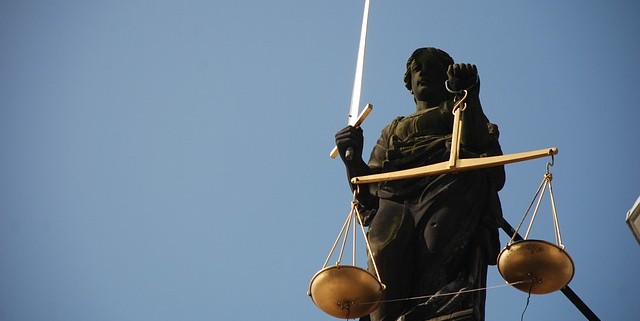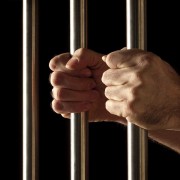FACTORS LEADING TO WRONGFUL EYEWITNESS IDENTIFICATION IN NJ
Eyewitness misidentification has led to the wrongful incarceration of many people, some of whom have been exonerated from prison.
Contrary to what some New Jersey residents may think, not all people being held in prison are guilty of the crime they are accused of committing. This was true for a Newark man, who was released from prison in 2014 after serving 17 years behind bars for a crime he did not commit. According to NJ News, the man received criminal allegations of kidnapping and sexually assaulting a woman, who had identified the innocent man as her perpetrator. For part of his incarceration period, the man was held in a sexual offender treatment center. He maintained his innocence the entire time. The real criminal has not been found and the innocent man who lost a significant part of his life in jail has yet to be compensated for the mistake.
Unfortunately, this story is not uncommon in the U.S. Since 1989, there have been 325 people exonerated from prison after DNA evidence proved their innocence. Eight others have been released after strong evidence showed they were not responsible for committing a crime. There are a myriad of different factors that can lead to a wrongful conviction, including errors in forensic testing and coerced testimony. Yet eyewitness misidentification is the most common reason why people are mistakenly sent to prison. Approximately 72 percent of cases that were later overturned involved erroneous eyewitness identification, either through testimony, improper lineup procedures or errors in human memory.
Contributing factors
There are a number of details that contribute to eyewitness misidentification and ultimately wrongful conviction. According to the Innocence Project and the American Bar Association, the most common include:
- Use of improper lineup procedures: Lineup administrators may guide witnesses to choose a certain person through verbal or nonverbal cues. The lineup could also be organized in such a way that the witness is more likely to select a certain person.
- Racial disparity: A witness is more likely to make a mistake when identifying a person that belongs to a race that is different from their own. This racial disparity has been proven, as people are not able to recognize key facial features from people of different races.
- Extreme stress: Studies show that witnesses are less likely to remember specific details of a crime when the perpetrator uses a weapon.
- Environmental details: The distance between the suspect and witness, how much light was present at the crime scene and whether the suspect was wearing a mask can all affect the accuracy of eyewitness identification.
- Elapsed time: Witnesses can forget, change or even alter details of a crime as time passes from when the incident occurred.
Although eyewitness identification and testimony is proven to be highly inaccurate in many cases, it is still valued in a criminal court case. Innocent people who have been wrongfully accused with a crime may have their lives changed forever as a result.
Legal assistance may be vital
People in New Jersey who have been wrongfully identified as a suspect or have been charged for a crime they did not commit may be overwhelmed with the thought of spending a significant time in prison. A criminal lawyer may be instrumental in discussing your options, organizing your case and helping you to formulate a solid defense.
Keywords: eyewitness, identification, wrongful, arrest









Leave a Reply
Want to join the discussion?Feel free to contribute!